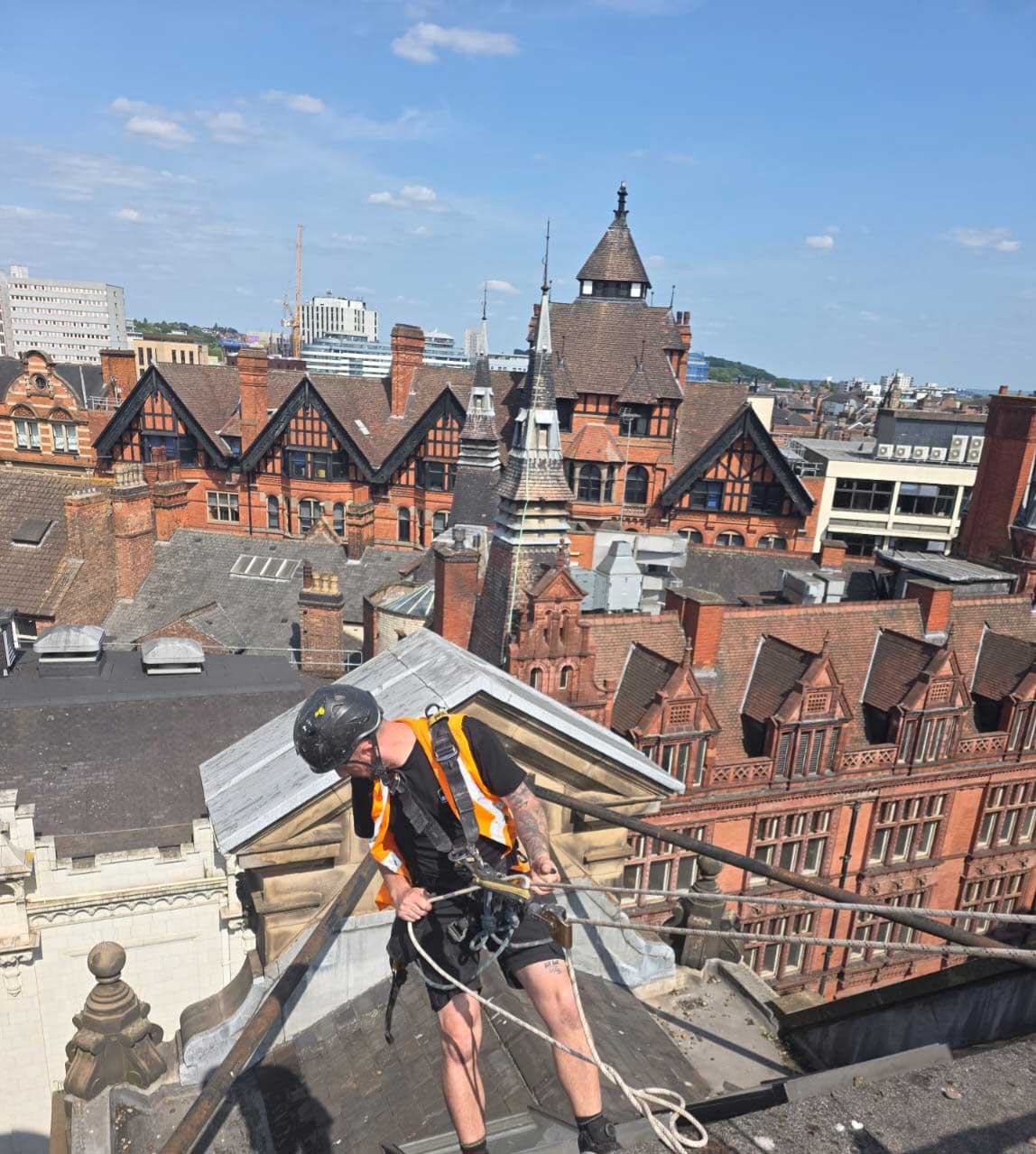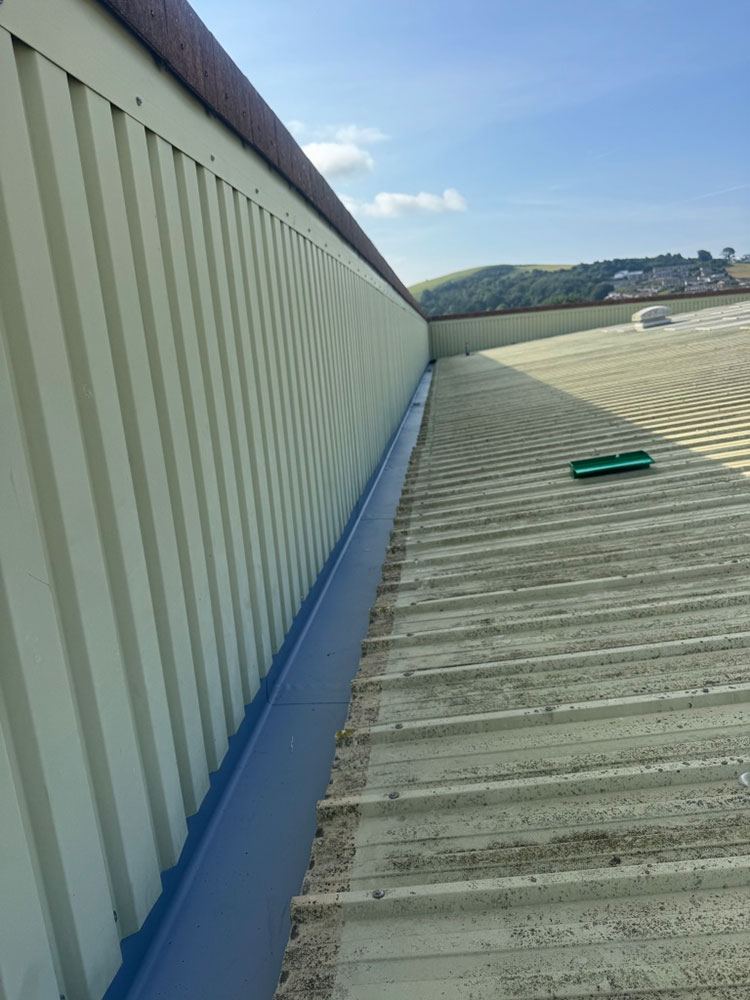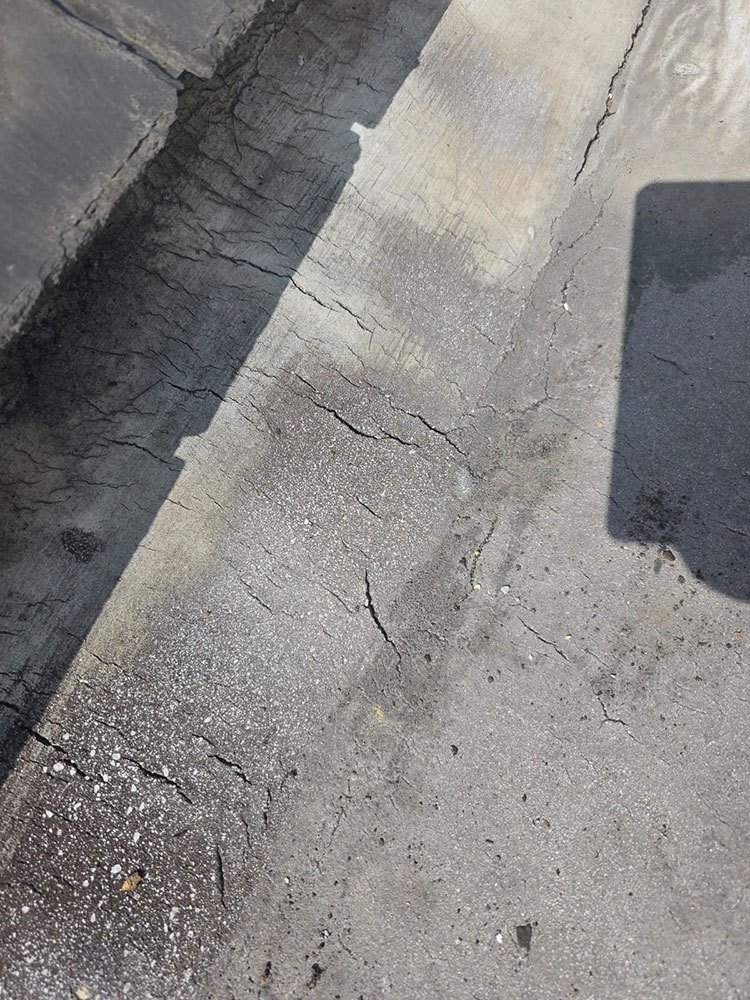
Commercial roof repairs represent a significant operational challenge for business owners and facilities managers. Unlike residential projects, commercial roofing work affects multiple stakeholders including employees, customers, tenants, and critical business operations. The key to successful commercial roof repairs lies not just in addressing the roofing issues themselves, but in strategically managing the entire process to minimize business disruption while maintaining safety standards and quality workmanship.
Downtime during roof repairs can cost businesses thousands of dollars in lost productivity, displaced operations, and customer dissatisfaction. Manufacturing facilities may need to halt production lines, retail establishments might lose foot traffic, and office buildings could face tenant complaints about noise, dust, or restricted access. Understanding how to effectively coordinate roof repairs while keeping business operations running smoothly requires careful planning, clear communication, and strategic decision-making throughout the entire project lifecycle.
Modern commercial roofing contractors have developed sophisticated approaches to minimize business disruption, utilizing advanced materials, specialized equipment, and proven project management techniques. However, the success of these efforts largely depends on collaboration between property owners, facilities managers, roofing contractors, and business stakeholders to create comprehensive plans that address both roofing needs and operational requirements.
Strategic Planning and Project Phasing
Effective roof repair projects begin with comprehensive planning that considers both roofing requirements and business operational needs. The most successful approaches involve breaking large repair projects into manageable phases that allow businesses to maintain essential functions while work progresses in designated areas.
Project phasing enables contractors to focus on specific roof sections while leaving other areas fully operational. This approach works particularly well for large commercial buildings where repairs can be sequenced to avoid critical business areas during peak operational periods. For example, warehouse facilities might schedule repairs over non-shipping areas during busy seasons while addressing loading dock areas during slower periods.
Seasonal timing plays a crucial role in minimizing disruption. Many businesses have predictable busy and slow periods that can be leveraged for optimal scheduling. Retail businesses might prefer roof work during off-peak months, while educational facilities often schedule major repairs during summer breaks. Manufacturing operations may coordinate repairs with planned maintenance shutdowns to maximize efficiency.
Weather window planning involves scheduling projects during periods with favorable weather conditions to reduce delays and accelerate completion times. Experienced contractors maintain flexible schedules that can accommodate weather-related adjustments while still meeting critical business timeline requirements.
Coordination with other building maintenance activities allows property managers to combine roof repairs with other necessary work, reducing overall disruption frequency. HVAC maintenance, exterior cleaning, or parking lot repairs can be scheduled simultaneously to minimize the total number of disruptive events throughout the year.
Temporary Protection and Containment Solutions
Modern commercial roofing contractors employ sophisticated temporary protection systems that allow businesses to continue operating beneath active repair areas. These systems have evolved significantly from basic tarps to engineered solutions that provide reliable weather protection while accommodating business activities.
Temporary roofing systems using reinforced membranes and structural supports can cover large areas while repairs proceed in sections. These systems maintain weatherproof conditions below while allowing contractors to work efficiently above. Advanced temporary systems can remain in place for extended periods, enabling complex repairs without forcing business shutdowns.
Dust and debris containment protocols protect interior spaces and business operations from construction-related contamination. Professional contractors use plastic sheeting, negative air pressure systems, and specialized access routes to prevent roofing materials and dust from entering occupied areas. These measures are particularly critical for businesses with sensitive operations like laboratories, clean manufacturing, or food service.
Noise management strategies help minimize disruption to office workers, customers, and nearby businesses. Contractors can schedule the noisiest activities during off-hours, use quieter equipment when possible, and coordinate with building management to communicate expected noise levels and durations to affected parties.
Access route planning ensures that roofing crews can reach work areas without disrupting customer access, delivery operations, or employee parking. Contractors work with facilities managers to identify the least disruptive routes for material delivery and equipment access while maintaining safety protocols.
Off-Hours and Weekend Work Scheduling
Strategic scheduling of repair work during non-business hours significantly reduces operational disruption while often improving work efficiency. Many commercial roofing contractors specialize in off-hours work and have developed systems to maximize productivity during these periods.
Evening and weekend work schedules allow contractors to complete disruptive activities when businesses are closed, though this approach requires careful coordination with security systems, building access protocols, and local noise ordinances. Some businesses find that paying premium rates for off-hours work is cost-effective when compared to lost productivity during business hours.
Extended work shifts can accelerate project completion timelines, reducing the total duration of disruption. Contractors may work longer daily shifts to complete projects in fewer total days, minimizing the overall impact on business operations while maintaining quality standards.
Holiday and closure coordination takes advantage of planned business shutdowns for intensive repair work. Many businesses close for holidays, inventory periods, or annual maintenance, providing ideal opportunities for concentrated roofing work without operational conflicts.
Shift-based scheduling accommodates businesses that operate around the clock by coordinating repair activities with natural breaks in operations. Manufacturing facilities with multiple shifts can often accommodate roofing work during shift changes or scheduled maintenance periods.
Material and Equipment Logistics
Efficient material handling and equipment logistics significantly impact project timelines and business disruption levels. Modern commercial roofing contractors have developed sophisticated systems for managing materials and equipment to minimize both project duration and operational interference.
Pre-staging materials in designated areas reduces daily delivery disruptions and accelerates work progress. Contractors can coordinate with facilities managers to identify suitable staging areas that don’t interfere with business operations while providing convenient access for roofing crews.
Specialized lifting equipment enables efficient material handling without blocking customer access or business operations. Modern roofing contractors use crane services, conveyor systems, and specialized hoisting equipment that can move materials quickly and efficiently from ground level to roof areas.
Just-in-time delivery systems minimize on-site material storage requirements while ensuring contractors have necessary materials when needed. This approach reduces clutter around business entrances and minimizes the risk of theft or weather damage to materials.
Equipment noise management involves using quieter machinery when possible and scheduling the loudest equipment during agreed-upon time periods. Many contractors maintain inventories of both standard and low-noise equipment options to accommodate different business requirements.
Waste management protocols ensure that debris removal doesn’t disrupt business operations or create safety hazards in occupied areas. Contractors coordinate debris removal schedules with business operations and use contained removal systems that prevent material scattering.
Communication and Coordination Protocols
Clear communication between all project stakeholders proves essential for minimizing disruption and maintaining positive relationships throughout the repair process. Successful projects establish communication protocols before work begins and maintain consistent information flow throughout project completion.
Daily progress updates help business managers anticipate and plan for each day’s activities while providing opportunities to address concerns before they become problems. These updates should include work schedules, expected noise levels, access restrictions, and any changes to original plans.
Advanced notice systems give businesses sufficient time to communicate with employees, customers, and tenants about upcoming work activities. Most businesses prefer at least 48 hours notice for significant work activities, though emergency repairs may require more flexible communication approaches.
Emergency communication protocols ensure that business managers can quickly contact contractors if urgent operational needs arise. These protocols should include after-hours contact information and procedures for addressing conflicts between roofing work and critical business activities.
Stakeholder coordination meetings bring together contractors, facilities managers, business representatives, and other affected parties to discuss project progress and address concerns. Regular coordination meetings help prevent miscommunications and ensure that all parties understand project expectations and timelines.
Technology Integration and Modern Solutions
Advanced roofing technologies and techniques enable contractors to complete repairs more quickly and with less disruption than traditional methods. Property managers should work with contractors who utilize modern approaches to minimize project timelines and operational interference.
Drone inspection technologies allow contractors to assess roof conditions and monitor repair progress without constant physical access to roof areas. This technology reduces the frequency of disruptive site visits while providing detailed documentation of work progress and quality.
Infrared scanning and moisture detection equipment help contractors identify problem areas quickly and accurately, reducing the time needed for diagnostic work. These technologies enable more targeted repairs that address specific issues without unnecessary disruption to adjacent roof areas.
Advanced membrane systems and installation techniques can significantly reduce installation time compared to traditional roofing methods. Single-membrane systems, spray-applied coatings, and prefabricated components often allow faster installation with fewer weather delays.
Mobile project management systems enable real-time communication and coordination between contractors, property managers, and business stakeholders. These systems provide instant access to project schedules, progress photos, and change order documentation.
Emergency Repair Protocols
Despite careful planning, emergency roof repairs sometimes become necessary due to storm damage, equipment failures, or sudden leaks. Having established emergency protocols helps minimize business disruption when urgent repairs cannot wait for optimal scheduling.
Rapid response capabilities enable contractors to quickly address emergency situations while implementing temporary protection measures to prevent further damage. Emergency response should focus on immediate protection of business operations and building contents while planning for permanent repairs.
Temporary repair solutions can often provide interim protection while permanent repairs are scheduled during more convenient time periods. These solutions might include temporary membrane patches, emergency coatings, or structural supports that address immediate concerns without major operational disruption.
Priority assessment protocols help determine which repairs require immediate attention and which can be scheduled during regular business hours or planned shutdown periods. Not all roofing issues require emergency response, and proper assessment prevents unnecessary operational disruption.
Insurance coordination procedures ensure that emergency repairs are properly documented and approved for coverage while minimizing delays in addressing urgent problems. Property managers should understand their insurance requirements for emergency repairs and maintain relationships with approved contractors.
Quality Assurance and Final Inspections
Maintaining quality standards while minimizing downtime requires systematic approaches to quality assurance that don’t extend project timelines unnecessarily. Effective quality control can actually reduce total project time by preventing rework and ensuring repairs meet performance expectations.
Progressive inspection protocols allow quality verification to occur throughout the project rather than only at completion. This approach identifies and addresses issues quickly while work is progressing, preventing delays associated with major rework requirements.
Documentation standards ensure that all work meets specifications and warranty requirements without extended inspection periods. Contractors should provide daily progress documentation and quality verification records that demonstrate compliance with project requirements.
Performance testing procedures verify that completed repairs meet performance standards and don’t require additional work that would extend project timelines. Testing should be integrated into the work schedule rather than treated as a separate phase that extends project completion.
Final walkthrough coordination brings together contractors, property managers, and business representatives to verify project completion and address any remaining concerns. Efficient walkthrough procedures ensure that projects are truly complete and ready for full business operations.
Successful commercial roof repair projects require careful balance between addressing roofing needs and maintaining business operations. Through strategic planning, effective communication, and utilization of modern techniques, property managers can minimize operational disruption while ensuring high-quality repairs that protect their investments. The key lies in working with experienced contractors who understand both roofing requirements and business operational needs, creating collaborative approaches that serve both objectives effectively.









